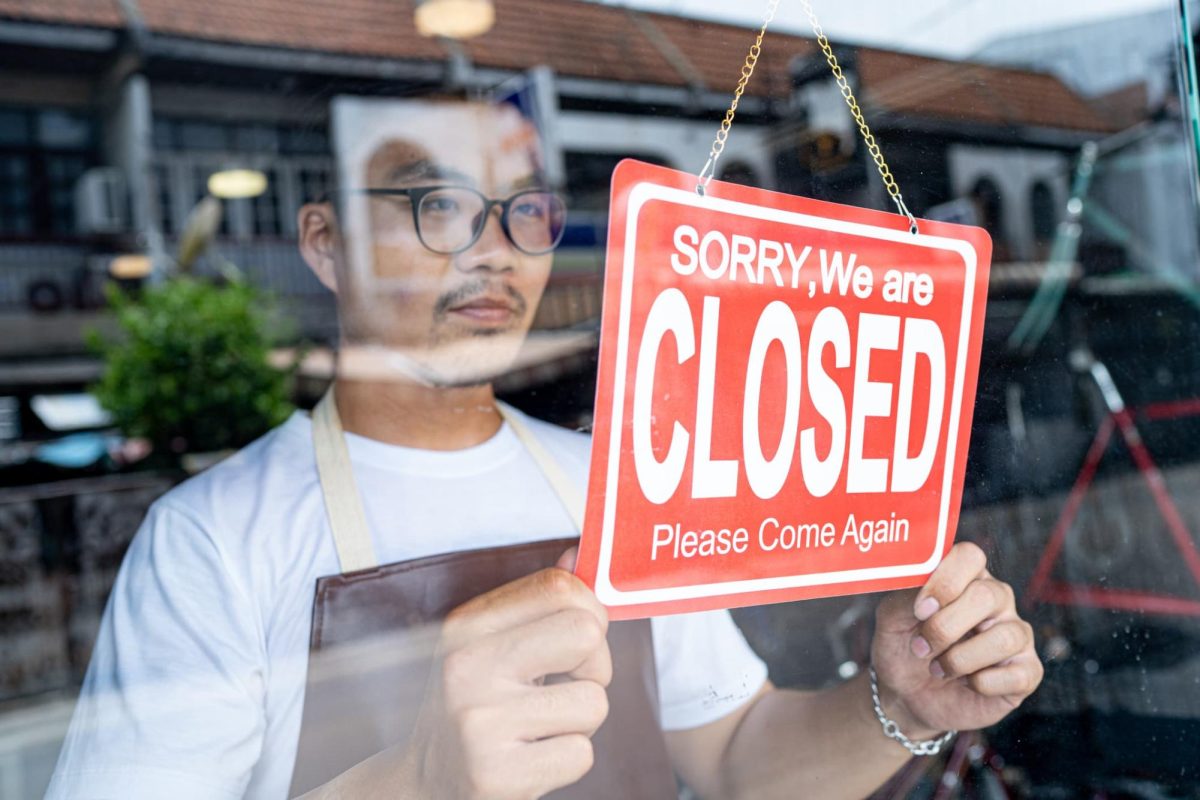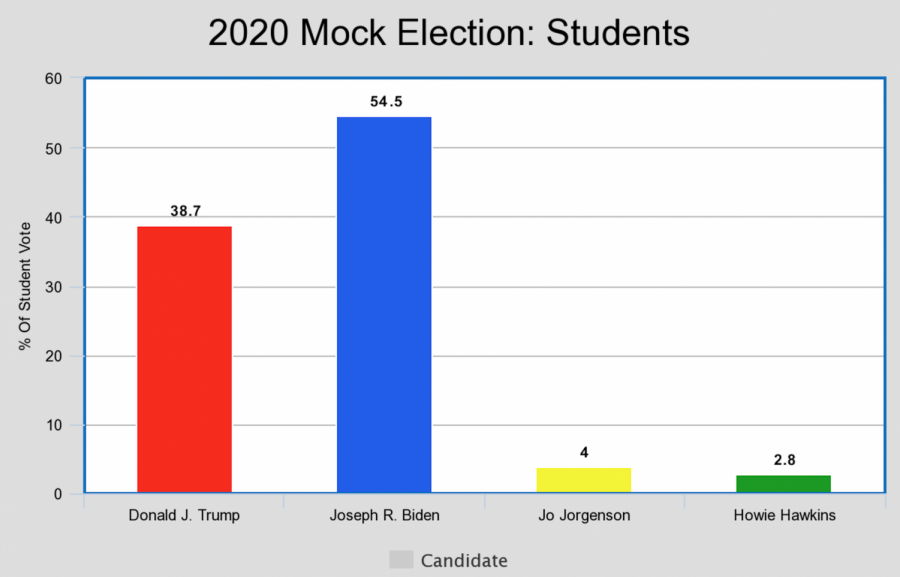At University School, I am enrolled in a program that fosters entrepreneurship called the Anderson Scholars Program in Entrepreneurship. For this program, I am required to take the elective course Microeconomics. Recently, in Microeconomics, we have been studying cash flows and profits. Cash flows, unlike profits, are the amount of cash that a company generates. Profits, on the other hand, are the differences between what one sells something for versus what it took to make. For example, it might cost $50 to make a product and if you sell it for $100 you make a profit of $50 per sale. But this is much different than cash flow. Someone could have bought the product on credit and will not be able to pay in full for months. Also, you could have been required to buy all your inventory in cash upfront. This leaves you with a $50 profit, but negative cash flow. The number one reason why small businesses go bankrupt is because of poor cash flow management. Small business accounting software company Xero said that managing cash flows is the top priority for 85% of business owners. With recent and current economic conditions, supply chain slowdowns and inflation have brought this problem to a peak. First, supply chain slowdowns have wreaked havoc on small businesses. The slowdowns in the supply chain have caused small businesses to take hefty delays on the products from their suppliers that they need to run their businesses. Further, small businesses are in weak negotiating positions and are forced to buy their inventory upfront. This leaves the business with little cash to stay alive until they can sell the product. Then, small businesses are forced to sell the products on credit in order to sell their inventory, thus delaying the amount of cash they collect even more. Though the supply chain slowdowns have improved since the pandemic, today’s problems have to do with inflation. The number one tool that small businesses have to get over cash shortages in their businesses is lines of credit. Lines of credit are an agreement with a bank to lend money for short periods to make sure the company has ample cash on them. The rates at which these lines of credit lend are dependent on interest rates. With inflation rising the Federal Reserve tends to raise interest rates to try and cool inflation. With this being said, interest rates at a 22-year high greatly worsen a small business’s ability to get cash affordably. Also, small businesses have to pay more for the supplies that they need to run the business. This would be fine if they could just charge more for their products or services, but this is not the case since many people have cut back on spending because of inflation, thus making it even worse to sell products at higher prices. Overall, small businesses have been facing severe headwinds and have been having trouble with generating cash that keeps their businesses afloat.
Categories:
The Number One Reason Small Business Go Bankrupt
Gavin Owens, Staff Writer
April 28, 2024
0
More to Discover







